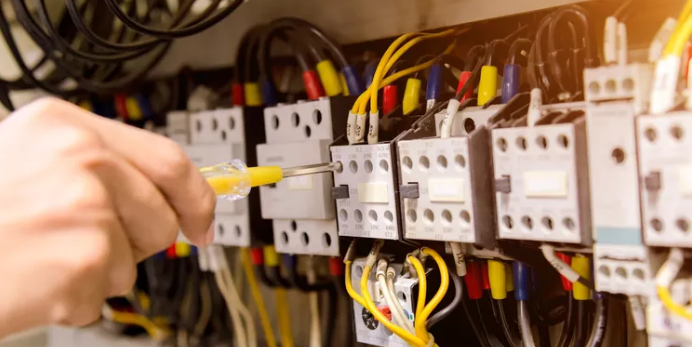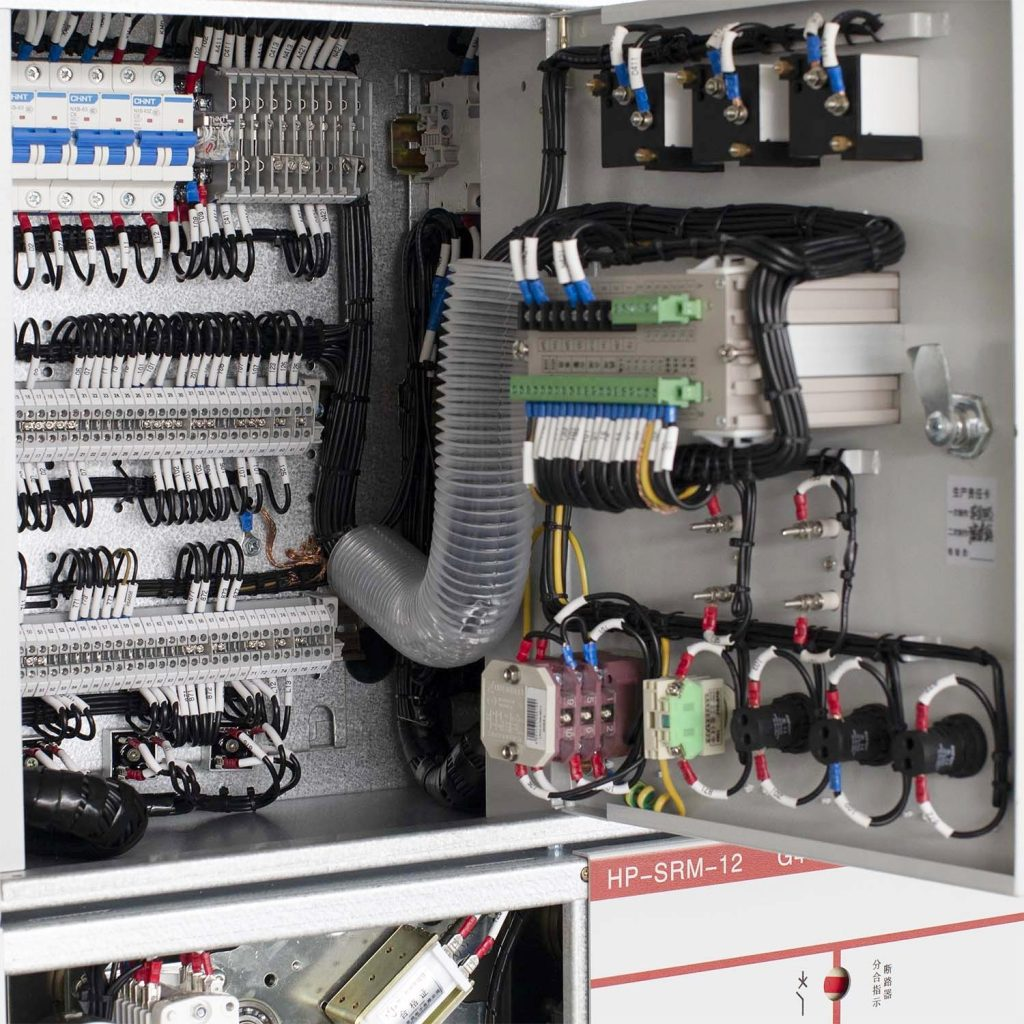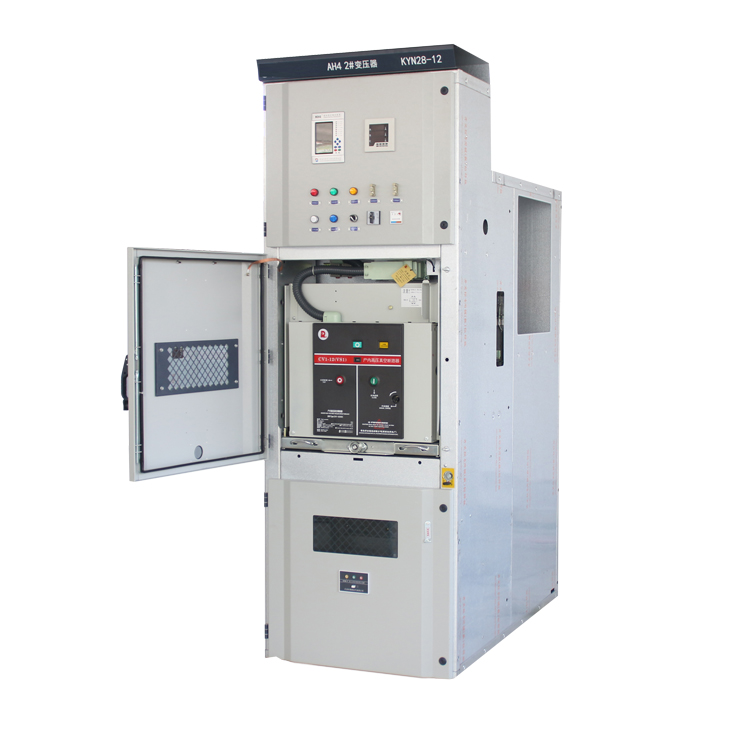
- English
- Español
- Português
- русский
- Français
- 日本語
- Deutsch
- tiếng Việt
- Italiano
- Nederlands
- ภาษาไทย
- Polski
- 한국어
- Svenska
- magyar
- Malay
- বাংলা ভাষার
- Dansk
- Suomi
- हिन्दी
- Pilipino
- Türkçe
- Gaeilge
- العربية
- Indonesia
- Norsk
- تمل
- český
- ελληνικά
- український
- Javanese
- فارسی
- தமிழ்
- తెలుగు
- नेपाली
- Burmese
- български
- ລາວ
- Latine
- Қазақша
- Euskal
- Azərbaycan
- Slovenský jazyk
- Македонски
- Lietuvos
- Eesti Keel
- Română
- Slovenski
- मराठी
- Srpski језик
Guidelines for Switchgear Maintenance
Why Switchgear Maintenance is Crucial for Electrical Systems

Switchgear, comprising disconnect switches, fuses, and circuit breakers, plays a vital role in controlling, protecting, and isolating electrical equipment within an electrical system. Its reliability directly influences electricity supply dependability.
When switchgear malfunctions, consequences can be severe, leading to significant repair costs and potential risks to individuals. Thus, an effective system of testing, inspection, and maintenance is crucial, even for switchgear labeled as "maintenance-free."

Frequency of Switchgear Maintenance:
Manufacturers generally recommend annual maintenance for most switchgear systems. This routine should encompass cleaning, testing, and inspection to identify wear or damage signs. Depending on the environment, more frequent maintenance might be necessary to mitigate potential issues and reduce costs.
Benefits of a Well-Designed Maintenance Program:
Efficiency, availability, and safety of low voltage switchgears rely on a well-designed maintenance program. This includes regular inspections, testing, lubrication, and adjustments tailored to specific operating conditions. Swift replacement of faulty parts is essential to prevent complications or future breakdowns.
Monitoring voltage regularly is key to optimal switchgear performance. An effective maintenance program ensures the equipment remains safe, efficient, and available for extended periods.
Developing a Preventive Maintenance Plan:
A preventive maintenance plan is crucial for ensuring switchgear safety and efficiency. This plan includes visual inspections, adherence to manufacturer guidelines, and industry standards. Establishing a maintenance routine enhances equipment lifespan by providing scheduled preventative care.
Proper switchgear maintenance is essential to prevent electrical fires, enhance reliability, and extend equipment life. Tailoring procedures to the equipment type, considering environmental factors, and using specific procedures for each equipment type are essential for effective switchgear maintenance.

Determining Equipment Environment:
Understanding the equipment environment guides maintenance decisions. Different contaminants may require specific cleaning supplies. Knowing the type of insulators and detecting any changes in metallic components' appearance helps track equipment condition and plan maintenance accordingly.
Using Procedures Specific to Equipment Type:
Basic procedures for each equipment type, such as load break switches, circuit breakers, and motor starters, are essential. Checking bolt tightness, insulation coverings, inspecting surge arresters, and adhering to manufacturer specifications for lubrication ensure effective maintenance.
In summary, a comprehensive maintenance approach, considering equipment type and environmental factors, is crucial for switchgear reliability, safety, and longevity.




